Say Goodbye to Cervical Spondylosis: Quit Smoking Today!
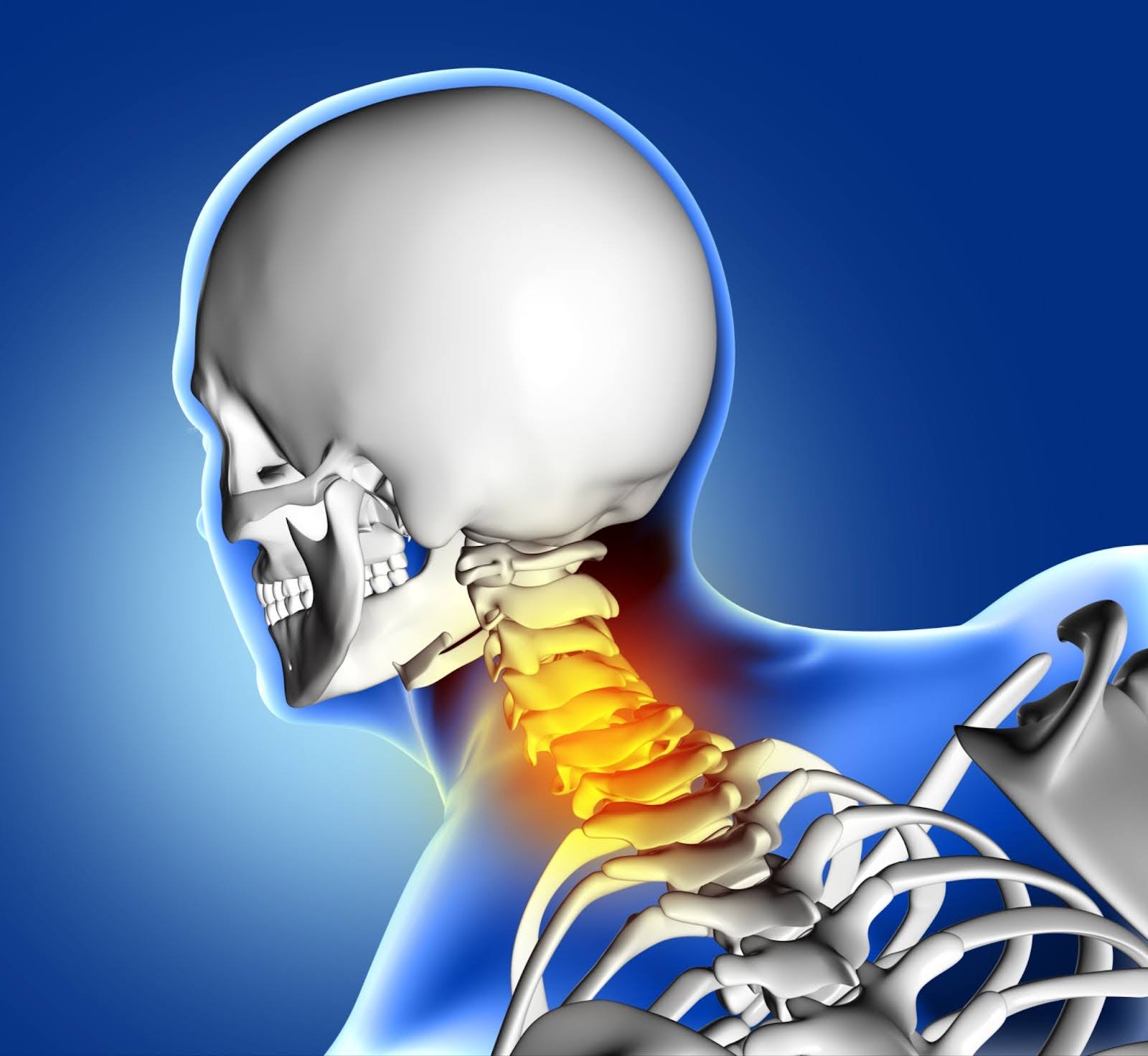
First thing first, what is cervical spondylosis? Picture this: Your spine is the back pillar of your entire body, right? Now imagine the pillar slowly but surely wearing away over the years. That's cervical spondylosis for you, a degenerative disease that affects the discs and vertebrae in the neck, often called the cervical spine.
Cervical spondylosis, often called cervical arthritis or cervical osteoarthritis, is a degenerative disease that affects the cervical spine. It is the part of the spine located in the neck. This condition causes changes in the bones, discs and joints of the neck over time, usually due to age-related wear and tear.
Now, let's find out the culprits of this pesky condition. Age plays a big role here. As we age, intervertebral discs lose moisture and elasticity and become stiffer and more prone to damage. This natural aging process is like a villain that creeps in, causing our plates to gradually wear out.
But wait, there's more! Lifestyle factors contribute in the form of a cameo appearance. Cervical spondylosis can be caused by sedentary habits, poor posture (hello, slouching!), and repetitive strain on the neck – think long hours hunched over a computer or straining your neck while texting. It's like adding fuel to the fire, adding to the wear and tear of the cervical spine.
Let's break it down further:
1. Anatomy of the Cervical Spine:
The cervical spine is a structure made up of seven vertebrae (C1-C7) that overlap each other. Between each vertebra is the intervertebral disc that acts as a shock absorber and flexibility for the spine. The lateral joints behind each vertebra allow for smooth movement of the spine.
2. Causes of Cervical Spondylosis:
- Age: As we age, the discs in our backs lose fluidity and flexibility, making them less flexible and more prone to injury.
- Wear and tear: Repetitive motion, poor posture, and physical strain can cause disc and lateral joints wear and tear problems.
- Herniated Discs: Herniated disc, the inner gel of the disc appears on the outer layer, as a result of deformation that can pressurize the nerves.
- Bone swelling or spur: Over time, the body reacts to the degeneration by developing bone spurs (osteophytes) on the sides of the vertebrae and joints, leading to further compression of nerves.
- Genetics: Some individuals may have a genetic disorder, making them more vulnerable to developing cervical spondylosis.
- Smoking: Smoking is associated with accelerated disc degeneration and can make cervical spondylosis symptoms worse.
How smoking affects Cervical spondylosis:

Now, this is where smoking steals the show. Lighting up a cigarette isn't just bad for your lungs; it is also a serious risk factor in cases of cervical spondylosis. How do you ask? Well smoking affects blood vessels and reduces blood flow to the discs of the spine.
Think about it: Your spinal discs are like a sponge, absorbing nutrients from the blood to keep them healthy and elastic. However, when smoking causes the blood vessels to constrict, water is cut off from the sponge, causing the sponge to dry out and become damaged.
But wait, there's more! Smoking doesn't just block blood flow. It also increases the production of harmful substances, such as free radicals. These molecules do not circulate and cause stress and inflammation in the spinal discs. It's like inviting a bunch of misfits to a quiet picnic. They create havoc and leave a mess behind.
So, how do we say goodbye to cervical spondylosis and its pesky companion, smoking? The first step is to break the habit. Quitting smoking improves blood flow to the spinal cord, which helps provide the nutrients it needs to stay healthy and strong. It also puts the brakes on free radicals, giving the disc a chance to heal and regenerate.
But it's not over yet! Incorporating healthy lifestyle habits such as regular exercise and maintaining good posture can also help prevent and manage cervical spondylosis. Think of it as giving your back a daily dose of TLC to keep it strong, flexible, and able to withstand the trials and tribulations of aging.
There you have it– when cervical spondylosis is diagnosed, smoking contributes to the appearance of this popular problem. But don't panic! With a little- know-how and determination, you can show them the way out and pave the way for healthier, happier necks and spine.
3. Symptoms:
- Pain and stiffness in the neck worsen with movement.
- Headache, especially from the neck to the back of the head.
- Decreased range of motion in the neck.
- Stiffness, numbness, or weakness in the arms; or arm, this is a sign of nerve compression.
- In severe cases, it is difficult to walk and maintain balance.
4. Diagnosis:
- Medical History and physical examination.
- Imaging tests, such as x-rays, Computerized Tomography (CT) scans and Magnetic Resonance Imaging (MRI), to see the structures of the spinal column and identify anomalies.
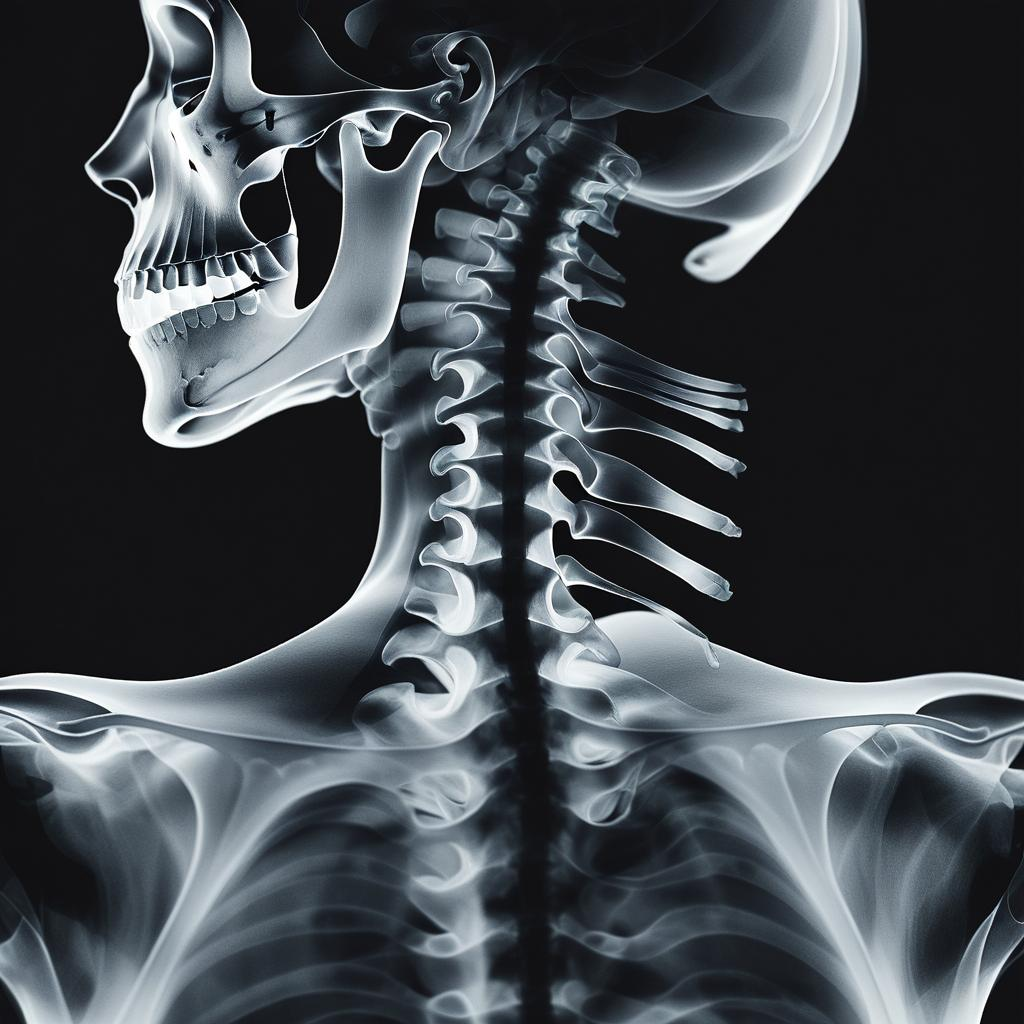
5. Treatment Options:
- Conservative management: This includes rest, physical therapy, and medications, such as nonsteroidal anti-inflammatory drugs (NSAIDs), to control pain and inflammation.
- Surgery: If conservative treatments do not provide relief, one or more major surgical procedures, such as discectomy (removal of a herniated disc) and cervical fusion, may be advised.
- Cervical Traction: This treatment involves gently stretching the neck to loosen and relieve pressure on the spinal discs and nerves.
- Steroid injections: Corticosteroid injections are given directly to the affected area to reduce inflammation and relieve pain.

6. Prevention:
- Maintain good posture, especially when sitting or standing.
- Practice neck exercises regularly to strengthen neck muscles and improve flexibility.
- Avoid repetitive neck movements or positions that put weight on the neck.
- Quit smoking because it is proven that smoking accelerates disc degeneration and worsens the symptoms of cervical spondylosis.
Conclusion:
In conclusion, cervical cancer is a common disease characterized by degenerative changes in the cervical spine, causing neck pain, stiffness, and neurological symptoms. Although there is no cure, a number of treatments are available to control symptoms and improve quality of life. In addition, adopting a healthy lifestyle and avoiding risk factors such as smoking can help prevent or delay the progression of cervical spondylosis.
Health care providers cannot cure cervical spondylosis, but there are treatments that can relieve pain or discomfort in the neck. If your neck hurts or is stiff for more than a few days, contact your doctor. They are here to provide comprehensive information and resources for upper cervical chiropractic care.
This allows individuals to learn about upper cervical techniques and procedures, understand how they differ from traditional procedures, and explore the benefits of this professional approach to solving various health problems.
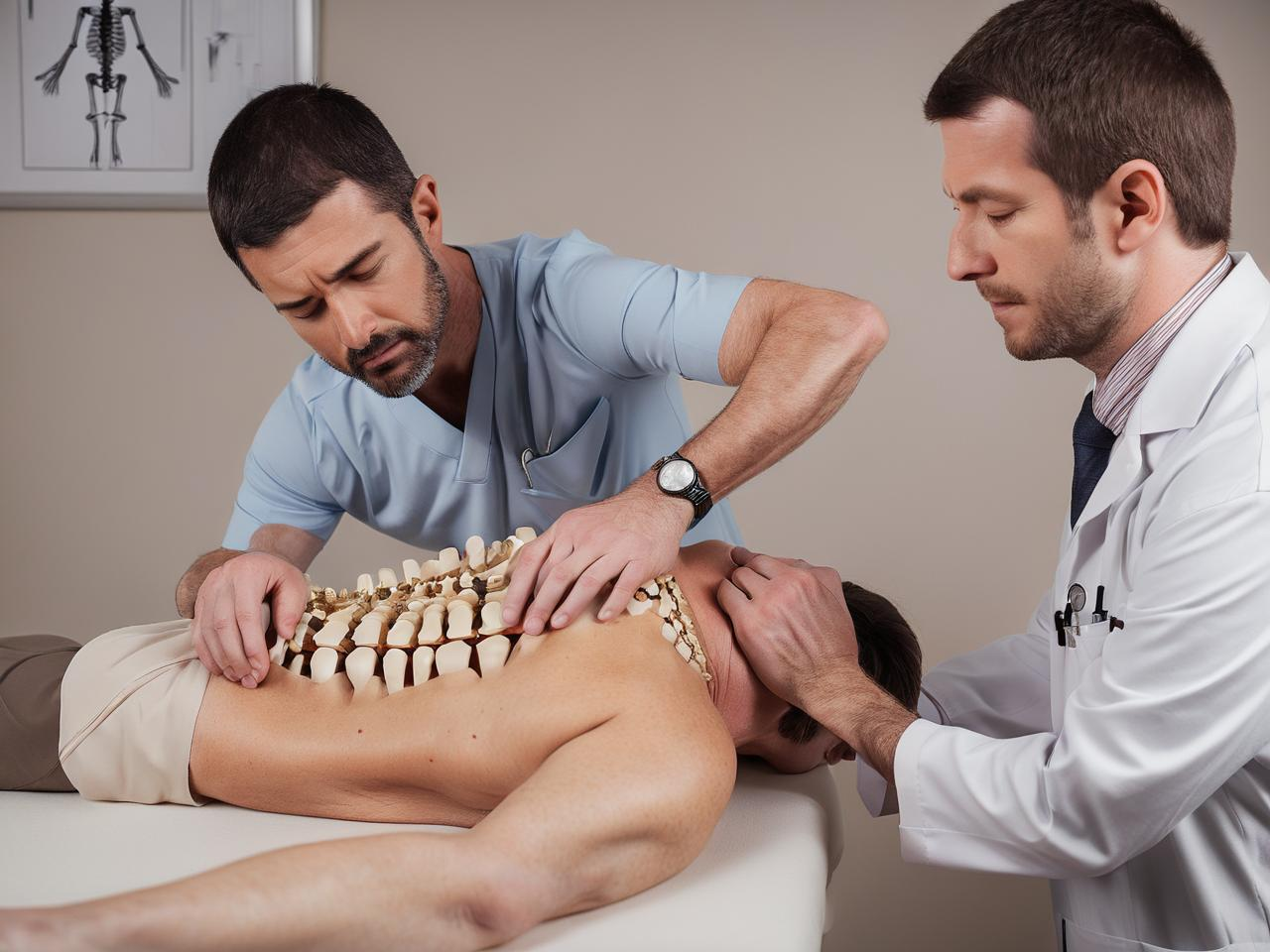
Certain websites also serve as a platform to connect patients with upper cervical chiropractors in their area, providing an easy way to care for and support those seeking natural remedies to improve their health and back health. These websites also serve as a comprehensive resource for caregivers, providing valuable information, support, and practical guidance to those caring for a loved one.
These websites contain a wide range of articles, advice, and resources on various aspects of caregiving, including caregiving skills, coping strategies, self-care, and the challenges of caring for someone with an illness or special needs.
The goal is to provide caregivers with the knowledge, tools, and encouragement needed to perform their caregiving roles effectively while maintaining their physical, emotional, and mental well-being. It will be a virtual community where caregivers can find understanding, empowerment, and unity in care.
Thank you Sofia Anderson for contributing this article.
Guest Articles Written for Caregiverology
From Say Goodbye to Cervical Spondylosis to Home
Recent Articles
-
6 Unhealthy Habits That Can Cause Weight Gain - Caregiverology
May 06, 24 08:24 PM
Weight gain and obesity are prevalent issues that pose significant health risks, including diabetes, heart disease, and joint problems. -
Understanding the Importance of Medication Adherence - Caregiverology
May 06, 24 07:58 PM
Medication adherence is extremely important for managing health conditions effectively, yet it remains one of the most significant challenges in healthcare today. -
The Health Risks Associated with Misaligned Teeth
May 01, 24 07:15 PM
In Tennessee, dental health is a significant concern that goes beyond mere aesthetics. According to state health reports, a considerable portion of Tennessee residents face oral health issues, with de…

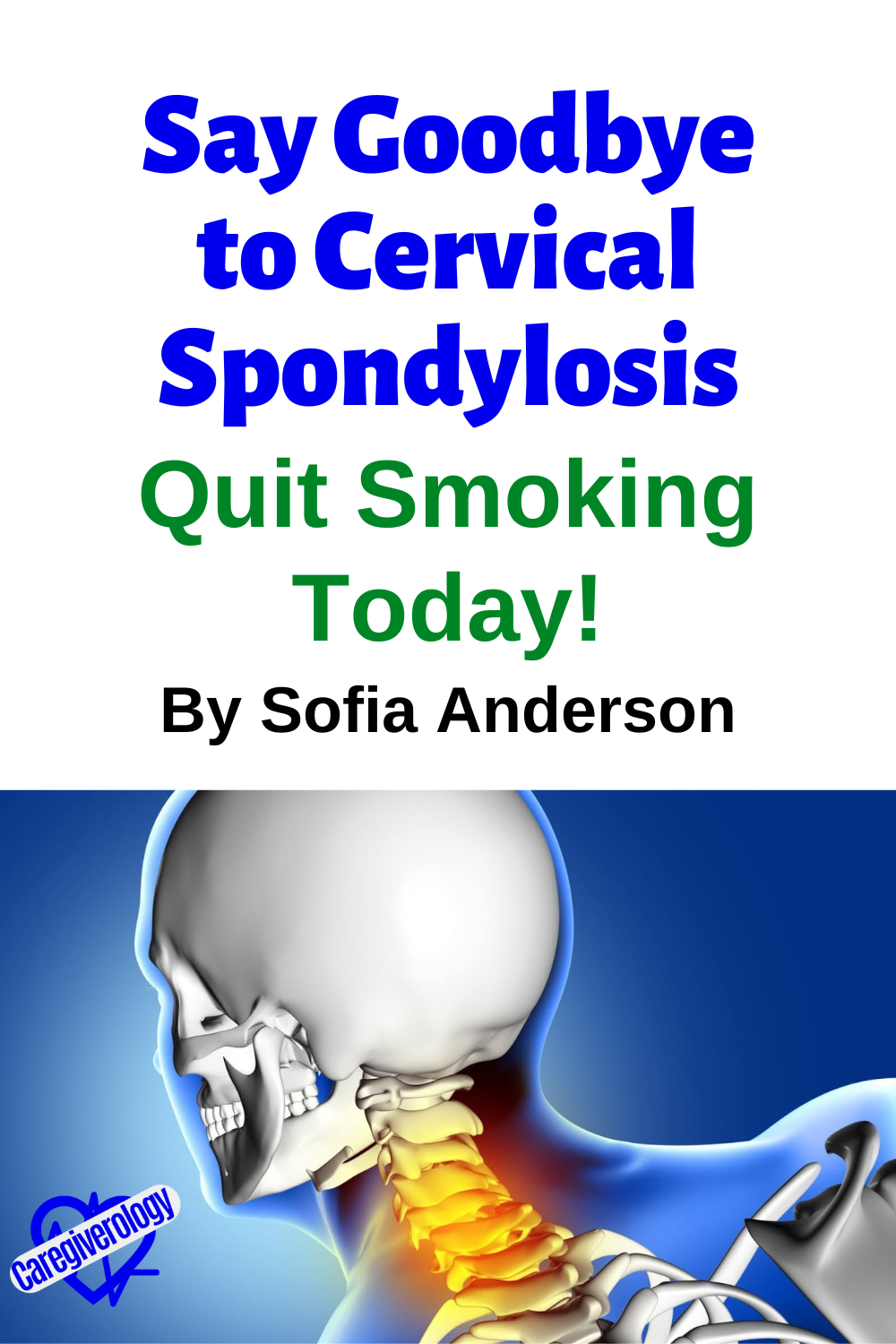


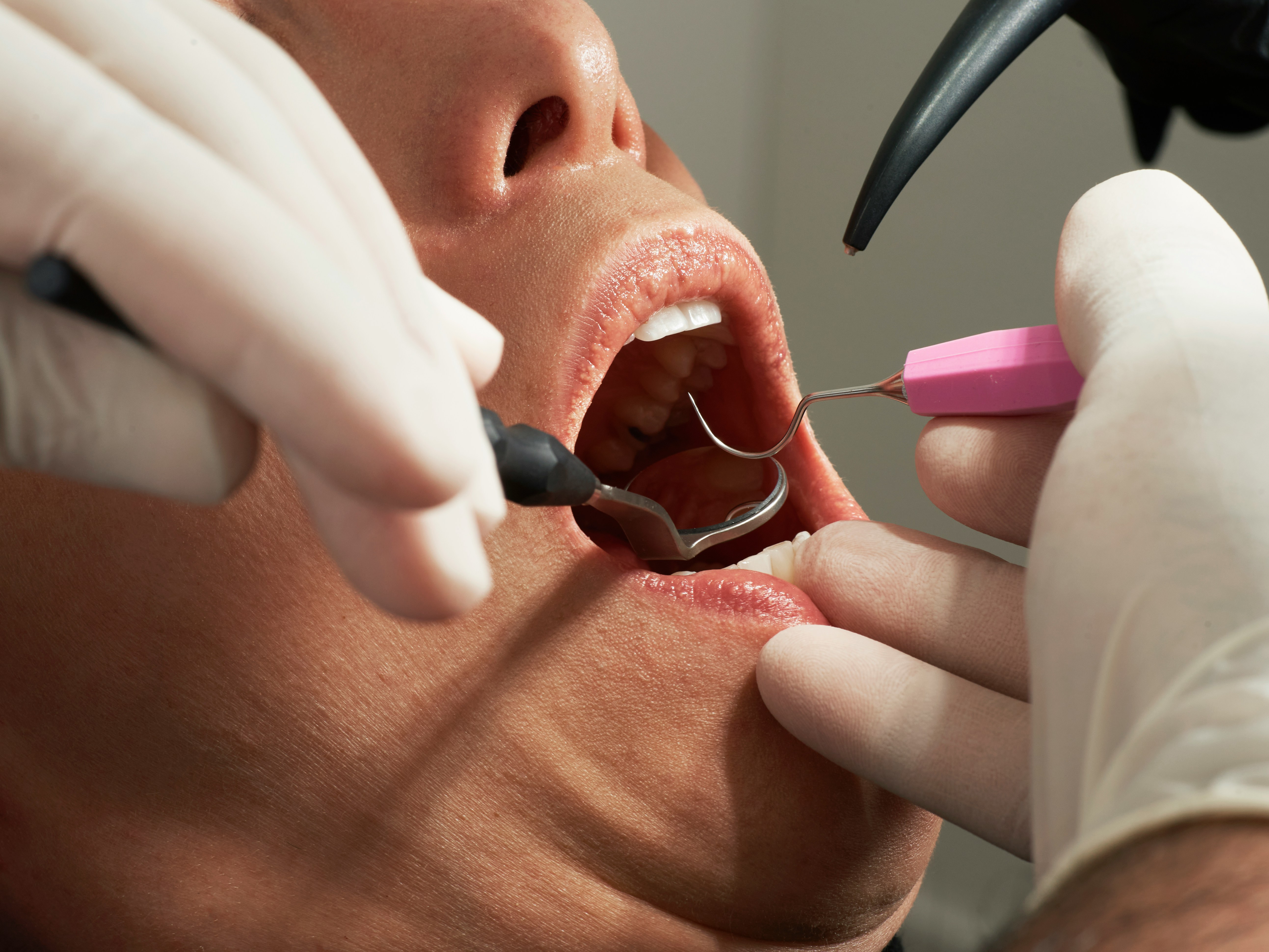
New! Comments
Have something to say about what you just read? Leave a comment in the box below.